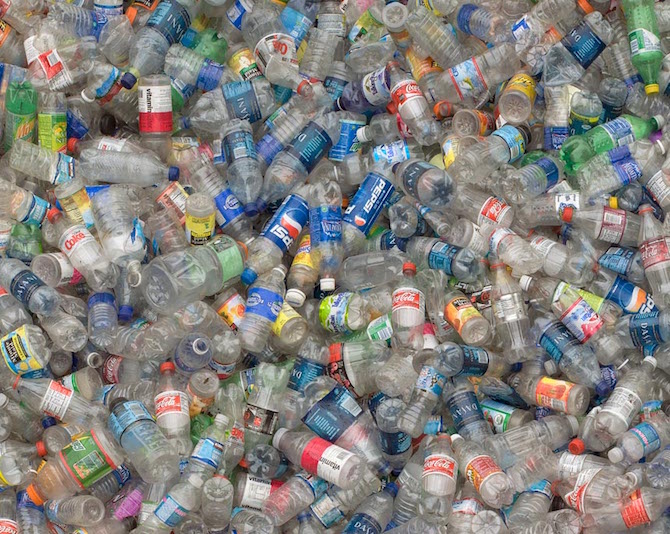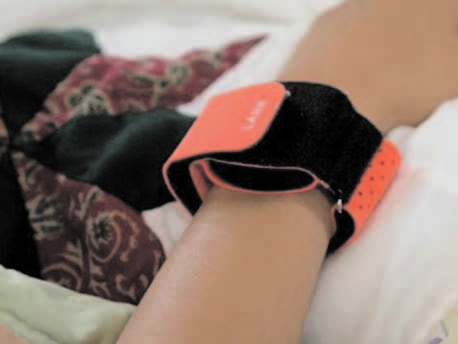
A tiny worm, which is actually the larva of a beetle, eats Styrofoam and other forms of polystyrene, a Stanford University researcher has found. Microorganisms in the worms’ guts biodegrade the plastic in the process. This first ever finding holds out hope for a world that is being swamped by plastic.
These findings, published studies in Environmental Science and Technology, are co-authored by Wei-Min Wu, a senior research engineer in the Department of Civil and Environmental Engineering at Stanford. “Our findings have opened a new door to solve the global plastic pollution problem,” Wu said.
The world produced nearly 300 million tonnes of plastic according to 2013 data published by the Worldwatch Institute. In Europe, 26 percent, or 6.6 million tons, of the post-consumer plastic produced in 2012 was recycled, while 36 percent was incinerated for energy generation. The remaining 38 percent of post-consumer plastics in Europe went to landfills. In the United States, only 9 percent of post-consumer plastic (2.8 million tons) was recycled in 2012. The remaining 32 million tons was discarded.
The new discovery is the first to provide detailed evidence of bacterial degradation of plastic in an animal’s gut. Understanding how bacteria within mealworms carry out this feat could potentially enable new options for safe management of plastic waste.
“There’s a possibility of really important research coming out of bizarre places,” said Craig Criddle, a professor of civil and environmental engineering who supervises plastics research by Wu and others at Stanford. “Sometimes, science surprises us. This is a shock.” In the lab, 100 mealworms ate between 34 and 39 milligrams of Styrofoam – about the weight of a small pill – per day. The worms converted about half of the Styrofoam into carbon dioxide, as they would with any food source.
Within 24 hours, they excreted the bulk of the remaining plastic as biodegraded fragments that look similar to tiny rabbit droppings. Mealworms fed a steady diet of Styrofoam were as healthy as those eating a normal diet, Wu said, and their waste appeared to be safe to use as soil for crops.
Researchers, including Wu, have shown in earlier research that waxworms, the larvae of Indian mealmoths, have microorganisms in their guts that can biodegrade polyethylene, a plastic used in filmy products such as trash bags. The new research on mealworms is significant, however, because Styrofoam was thought to have been non-biodegradable and more problematic for the environment.
Researchers led by Criddle, a senior fellow at the Stanford Woods Institute for the Environment, are collaborating on ongoing studies with the project leader and papers’ lead author, Jun Yang of Beihang University in China, and other Chinese researchers. Together, they plan to study whether microorganisms within mealworms and other insects can biodegrade plastics such as polypropylene (used in products ranging from textiles to automotive components), microbeads (tiny bits used as exfoliants) and bioplastics (derived from renewable biomass sources such as corn or biogas methane).
As part of a “cradle-to-cradle” approach, the researchers will explore the fate of these materials when consumed by small animals, which are, in turn, consumed by other animals.





Be the first to comment